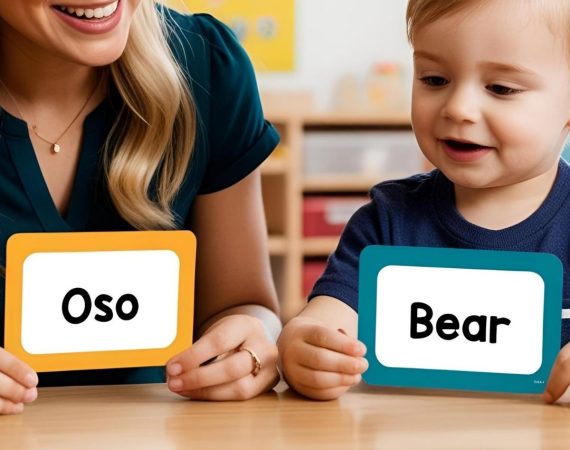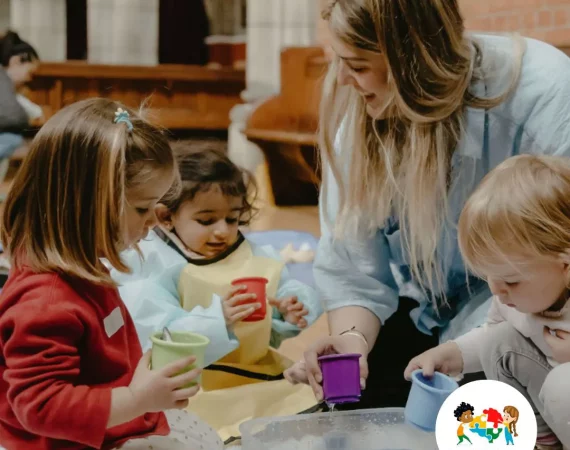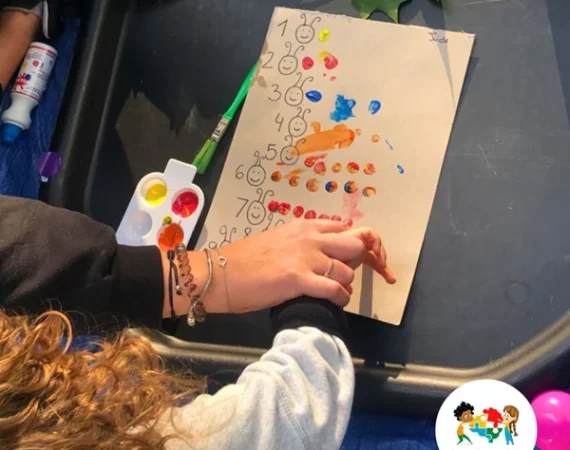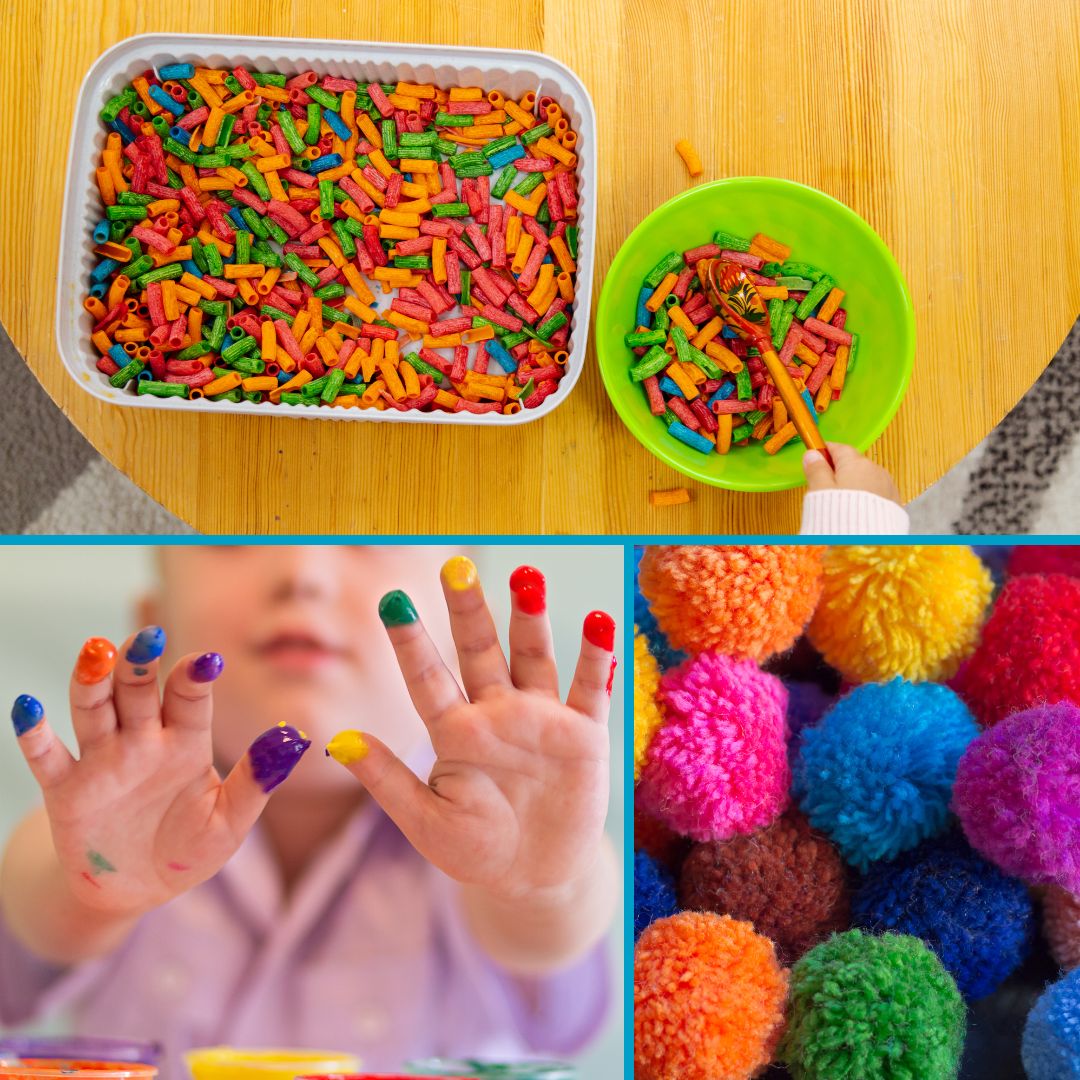Introduction:
Play-based learning isn’t confined to the classroom; it’s a philosophy that can thrive within the walls of your own home. Whether you’re a parent, caregiver, or educator, providing a play-based environment can foster creativity, curiosity, and lifelong learning in children. In this blog, we’ll explore practical strategies and activities to integrate play-based learning into your home setting.
Setting the Stage for Play-Based Learning:
1. Designate Play Areas:
Allocate specific areas in your home for play-based activities. Whether it’s a corner of the living room or a dedicated playroom, having a designated space signals to children that play and learning are valued.
2. Create a Stimulating Environment:
Fill your play areas with open-ended toys, art supplies, books, and sensory materials. These resources encourage exploration, creativity, and imagination, laying the foundation for meaningful learning experiences.
3. Follow the Child’s Lead:
Embrace child-led play, where children choose the activities and drive the learning process. Observe their interests and passions, and provide materials and opportunities that align with their curiosity.
Play-Based Learning Activities for Home:
1. Sensory Play:
Set up sensory bins filled with materials like rice, water beads, or kinetic sand. Encourage children to explore different textures, colors, and sensations, fostering sensory development and creativity.
2. Imaginative Play:
Create imaginative play spaces, such as a pretend kitchen, doctor’s office, or construction site. Role-playing allows children to express themselves, develop social skills, and make sense of the world around them.
3. Arts and Crafts:
Stock up on art supplies like paints, crayons, and clay, and encourage artistic expression. Art activities promote fine motor skills, self-expression, and problem-solving, while fostering a love for creativity.
4. Outdoor Exploration:
Take learning outside with nature-based activities. Go on nature walks, plant a garden, or set up a backyard obstacle course. Outdoor play promotes physical health, sensory exploration, and an appreciation for the natural world.
Integrating Learning into Play:
1. Ask Open-Ended Questions:
Engage children in conversations that spark curiosity and critical thinking. Instead of providing answers, ask open-ended questions that encourage exploration and problem-solving.
2. Incorporate Learning Concepts:
Infuse learning into everyday activities. Counting while cooking, sorting laundry by color, or identifying shapes in the environment are simple ways to integrate math, language, and science concepts into play.
3. Document and Reflect:
Encourage children to document their play experiences through drawings, journals, or photographs. Reflecting on their play promotes metacognition and helps children make connections between their experiences and learning.
Conclusion:
Creating a play-based learning environment at home is not only achievable but also incredibly rewarding. By embracing child-led play, providing stimulating materials and opportunities, and integrating learning into everyday activities, you can nurture your child’s curiosity, creativity, and love for learning. Remember, the most valuable lessons often come from the joy of discovery and exploration in the comfort of home.












